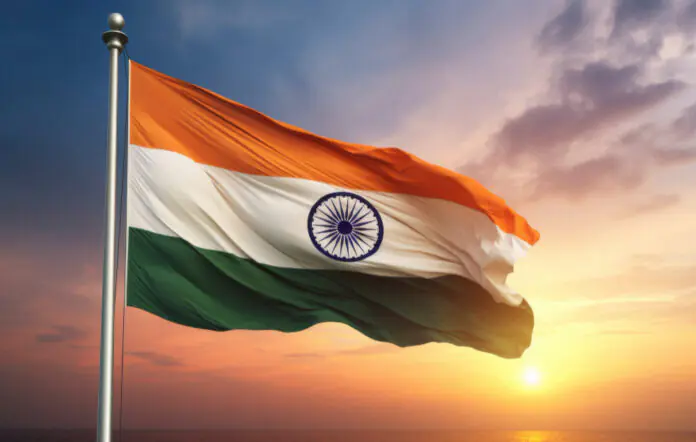Gahlot’s resignation marks the third major departure from the Delhi cabinet since 2022, following disputes with the Lieutenant Governor and the handling of key initiatives
Kailash Gahlot, a senior AAP leader and Delhi minister, has resigned from the Delhi government, becoming the third minister to step down since 2022. Gahlot, who had a significant role in initiatives like the induction of electric buses into the Delhi Transport Corporation (DTC) fleet and the Doorstep Delivery of Public Services scheme, announced his decision amidst rising political tensions and internal conflicts within the AAP.
Gahlot’s resignation follows a period of friction between the Delhi government and Lieutenant Governor (L-G) Vinay Kumar Saxena, with disputes escalating over administrative decisions. In a speech delivered by Delhi Chief Minister Arvind Kejriwal earlier in September, he recounted an incident at Tihar Jail, where the authorities allegedly hindered his efforts to convey directions to the L-G. Kejriwal claimed that Tihar officials blocked his letter nominating Atishi to hoist the Tricolour on Independence Day, which was a move to represent him in his absence.
Kejriwal further stated that Tihar officials warned him that any attempt to reach out to the L-G again would result in restrictions on his family visits, which he described as “humiliation.” This allegation added fuel to the already simmering tensions between AAP and the office of the Lieutenant Governor, which has often been a point of contention, particularly concerning the administration of the national capital.
Embed from Getty ImagesGahlot’s resignation is seen as a major blow to AAP, as he had been instrumental in launching several of the party’s key public service initiatives, which gained significant public attention. His departure comes at a time when the Delhi government is embroiled in political disputes and legal challenges, with Kejriwal himself facing scrutiny in the excise policy case.
While some speculate that Gahlot’s resignation might be linked to personal or political differences, the move has inevitably drawn attention to the increasing instability within the AAP’s leadership. This comes after a series of departures, including high-profile exits in the last two years, indicating a potential realignment within the party’s ranks.
In his farewell address, Gahlot thanked his supporters for their trust but did not offer specific details regarding the reasons behind his resignation. Political analysts suggest that the tensions between the Delhi government and the L-G office, combined with growing discontent over internal party dynamics, may have played a significant role in his decision.
